
Planetary Picture of the Day
Week of October 30, 2023
A Dinki moon, a setting Mimas, and a zombie star.
Monday, October 30, 2023
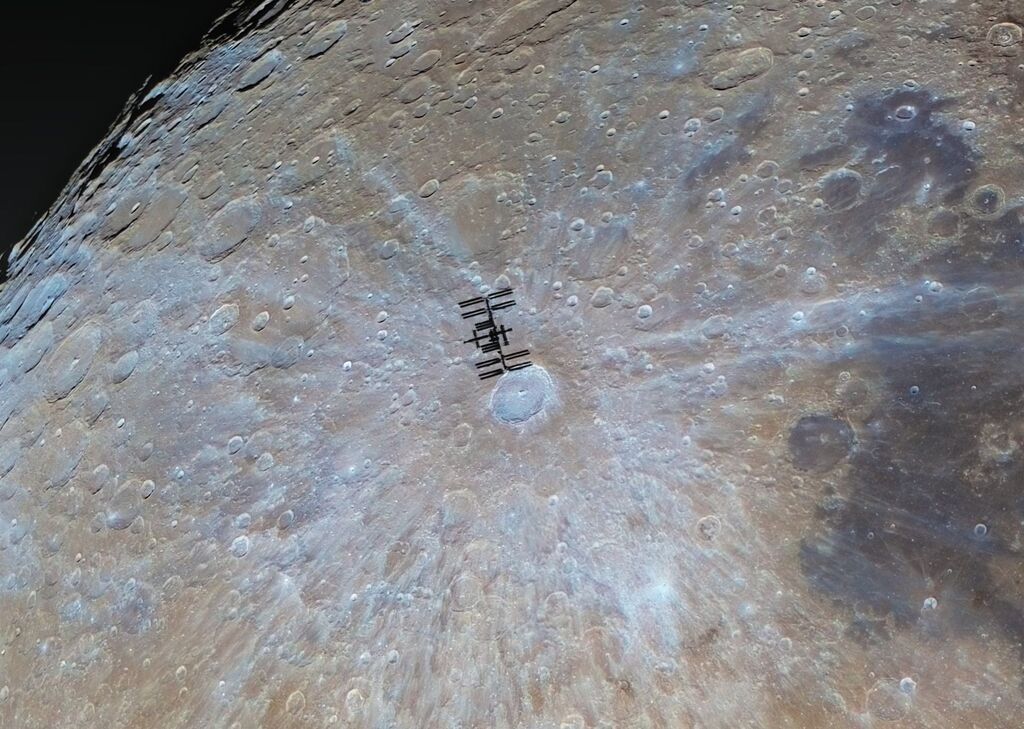
ISS over Tycho
Exploring the universe from a backyard in Arizona! Astrophotographer Andrew McCarthy captured the International Space Station slipping across the Moon's face as it flies by at 8 kilometers per second, gently kissing Tycho crater. That crater is 53 miles wide, so while the station almost looks like it's orbiting the moon, it's actually 1000x closer to us. What a shot!
Tuesday, October 31, 2023
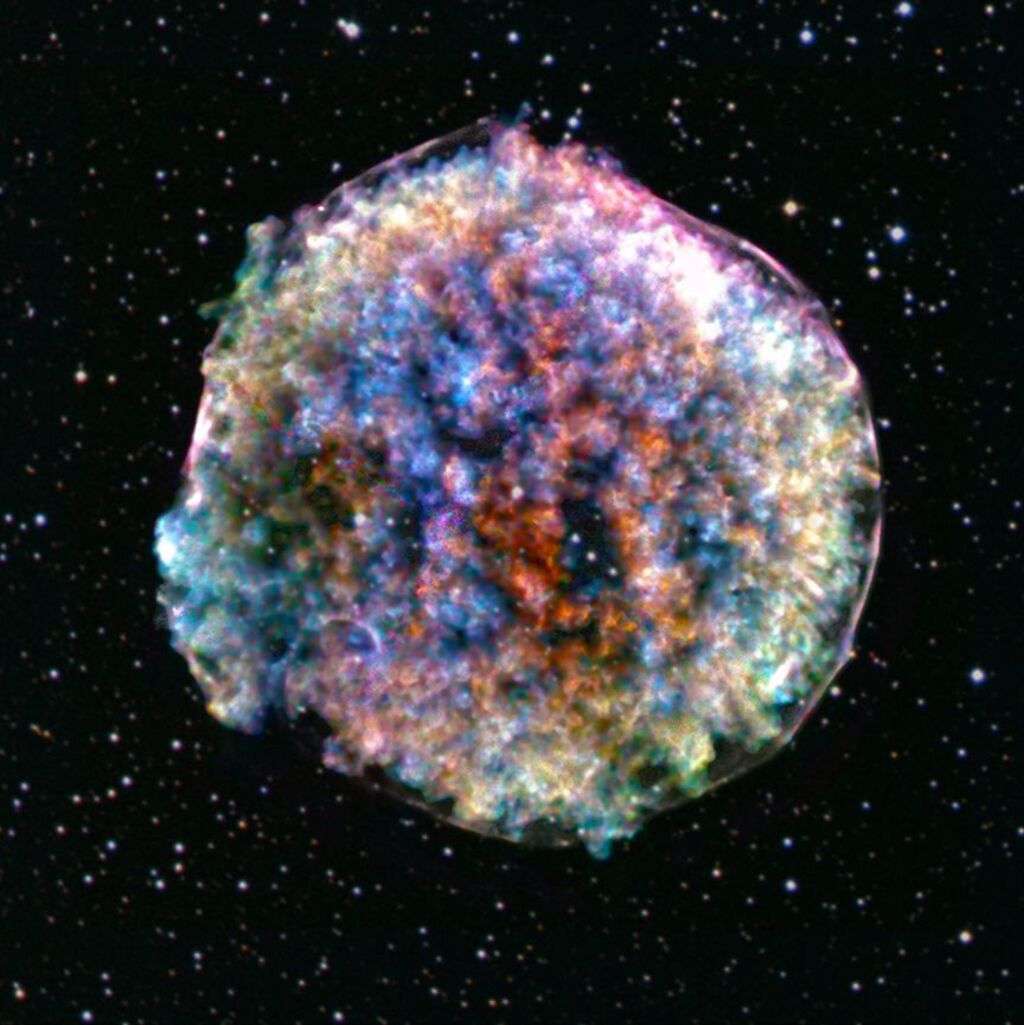
Zombie Star
In 1572, Danish astronomer Tycho Brahe was among those who noticed a new bright object in the constellation Cassiopeia, but Tycho's "new" star was not new at all. Rather it signaled the death of a star in a supernova, an explosion so bright that it can outshine the light from an entire galaxy. This particular supernova was a Type Ia, which occurs when a white dwarf star pulls material from, or merges with, a nearby companion star until a violent explosion is triggered. The white dwarf star is obliterated, sending its debris hurtling into space.
As with many supernova remnants, the Tycho supernova remnant, as it's known today (or "Tycho," for short), glows brightly in X-ray light because shock waves — similar to sonic booms from supersonic aircraft — generated by the stellar explosion heat the stellar debris up to millions of degrees.
Wednesday, November 1, 2023
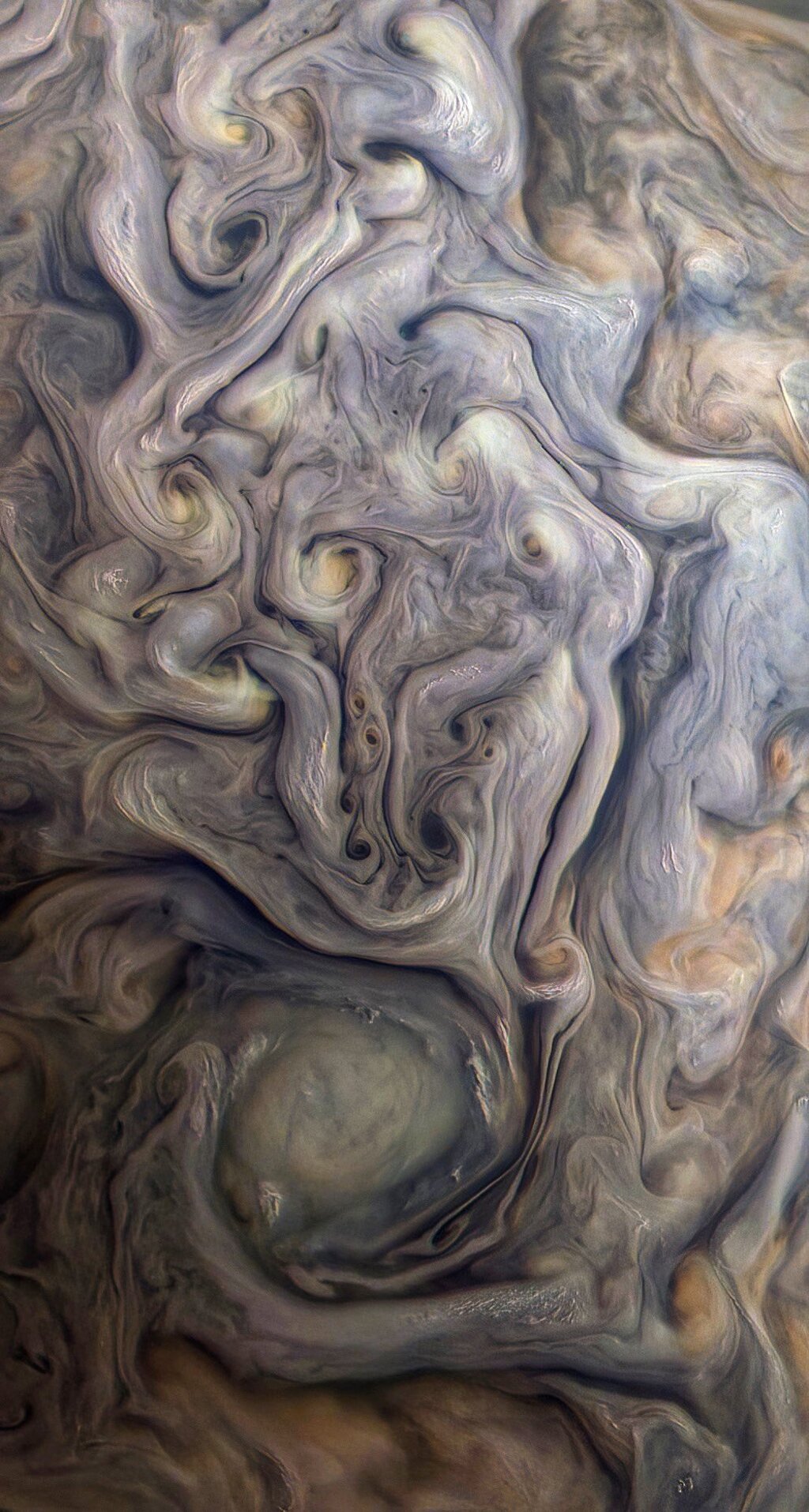
Wallpaper Wednesday - Jupiter
Captured during perijove 26, NASA's Juno spacecraft spotted some stunning clouds and storms swirling on the surface of Jupiter. Taken by JunoCam.
Thursday, November 2, 2023
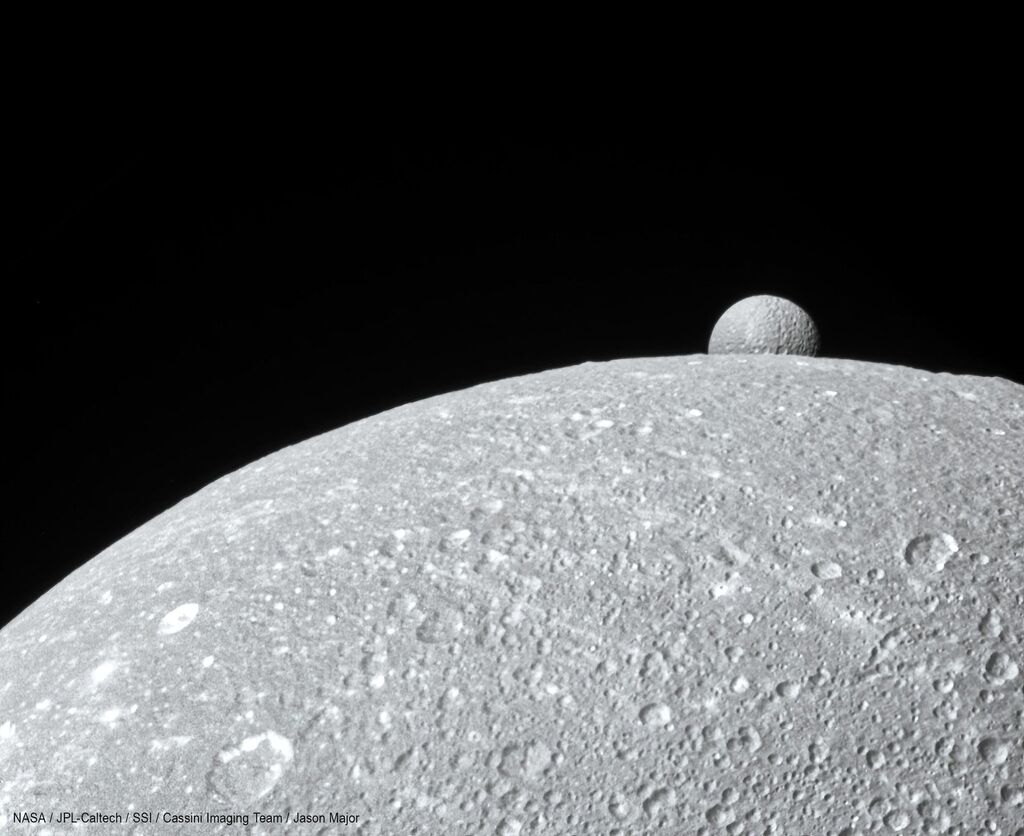
A Setting Mimas
Saturn's moon Mimas is seen orbitally setting beyond the limb of its larger sibling Dione from the point of view of NASA's Cassini spacecraft on December 12, 2011. Mimas was about 515,000 km away from Dione when this image was captured.
Friday, November 3, 2023
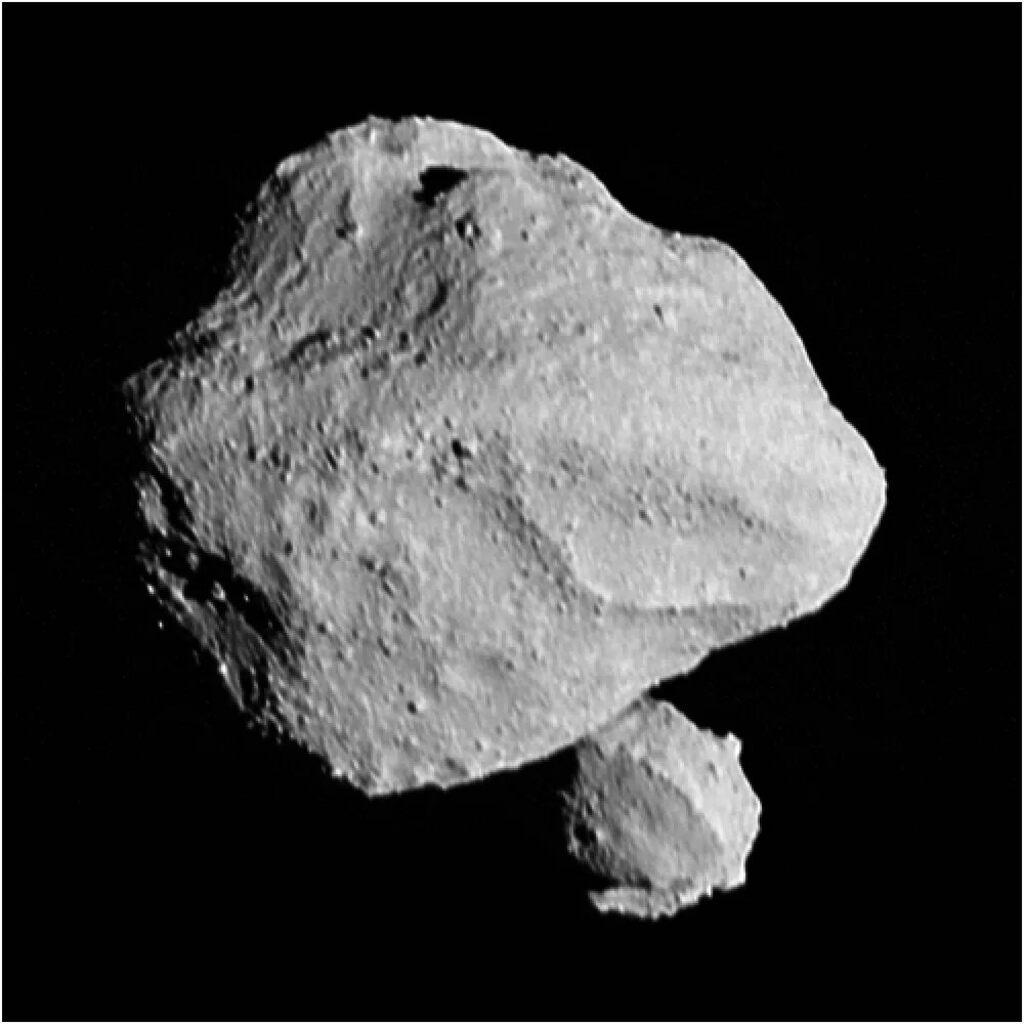
Dinkinesh Flyby
This image shows the “moonrise” of the satellite as it emerges from behind asteroid Dinkinesh as seen by the Lucy Long-Range Reconnaissance Imager (L’LORRI), one of the most detailed images returned by NASA’s Lucy spacecraft during its flyby of the asteroid binary. This image was taken at 12:55 p.m. EDT (1655 UTC) Nov. 1, 2023, within a minute of closest approach, from a range of approximately 270 miles (430 km). From this perspective, the satellite is behind the primary asteroid. The image has been sharpened and processed to enhance contrast.





